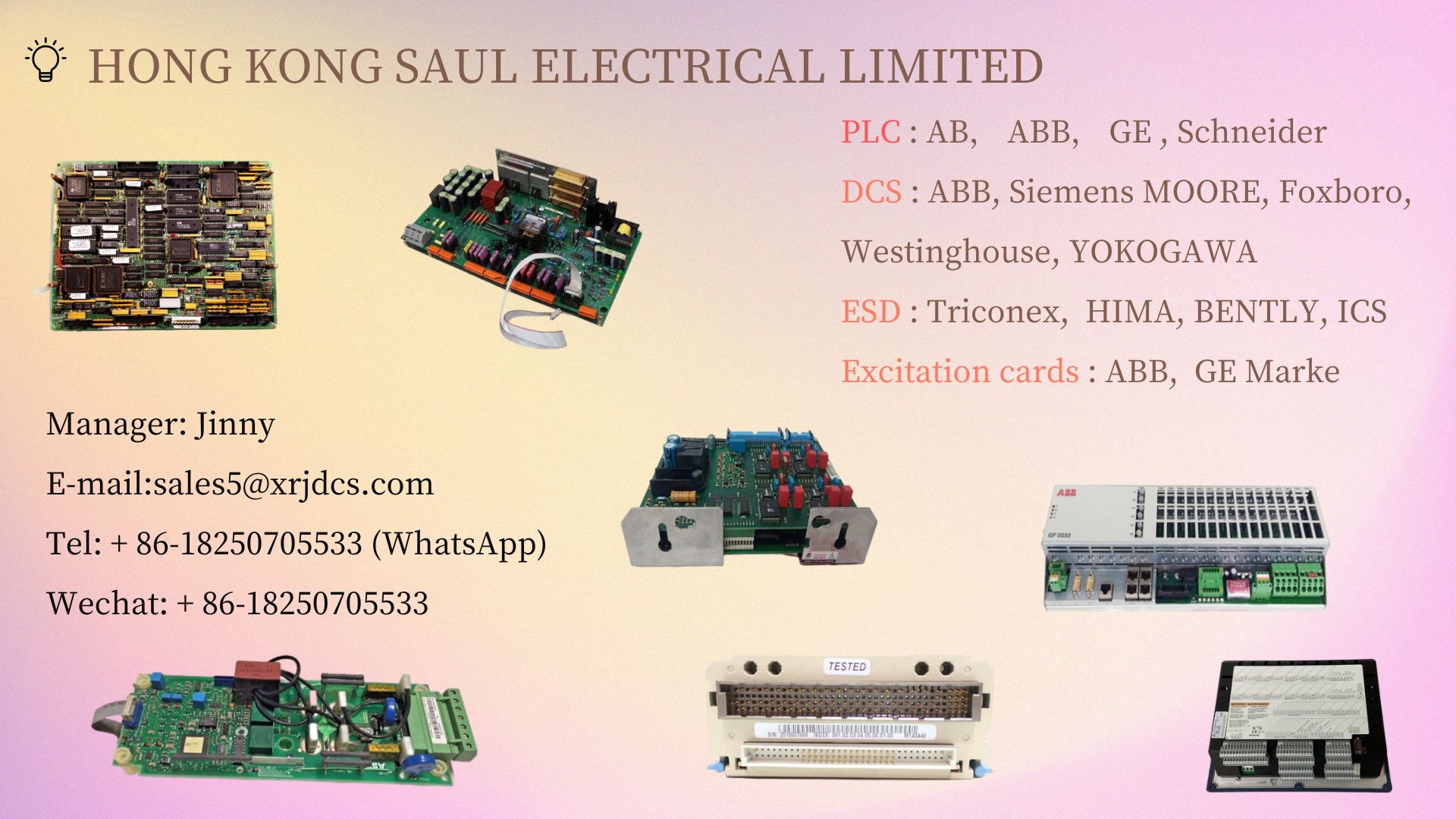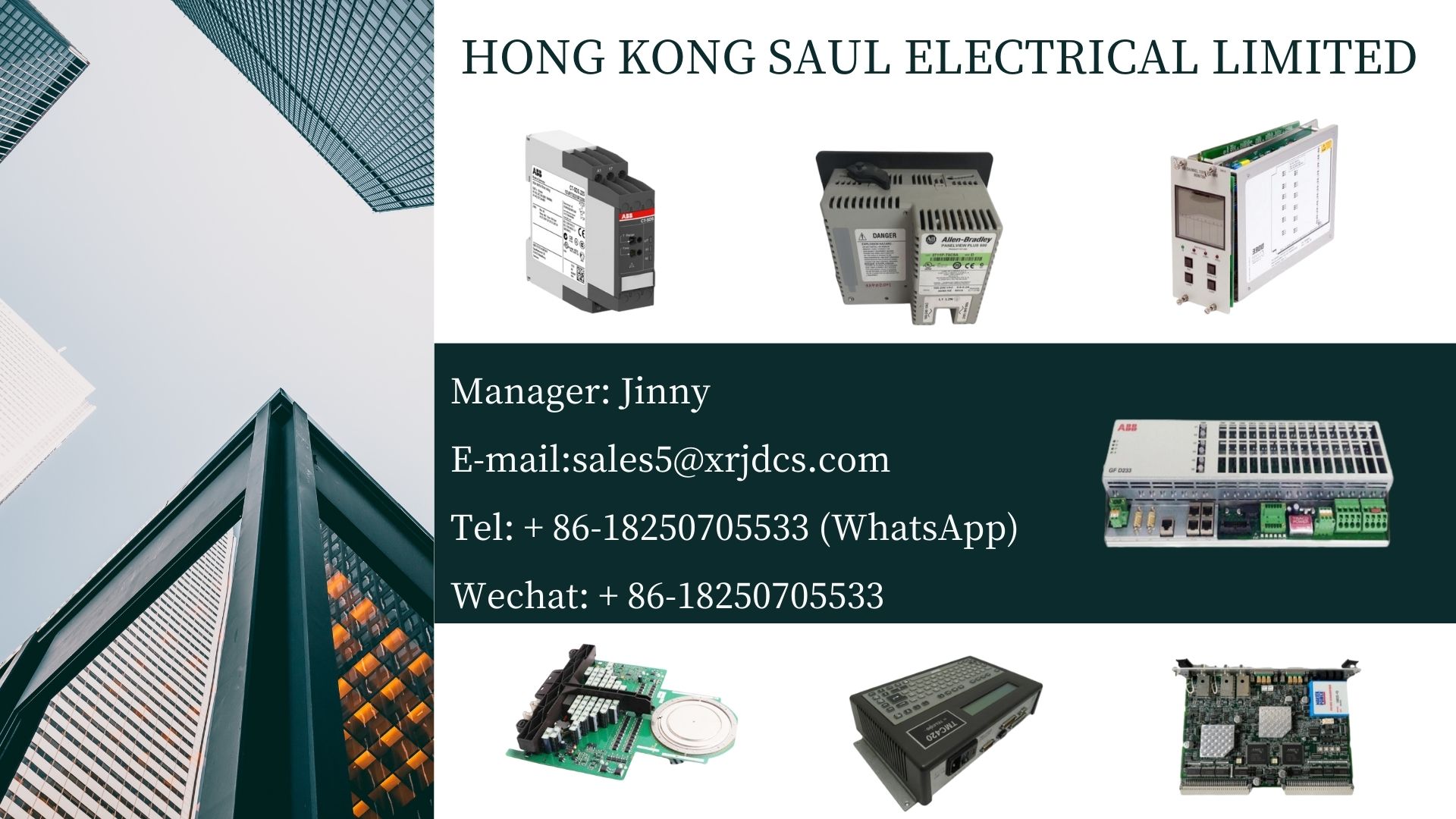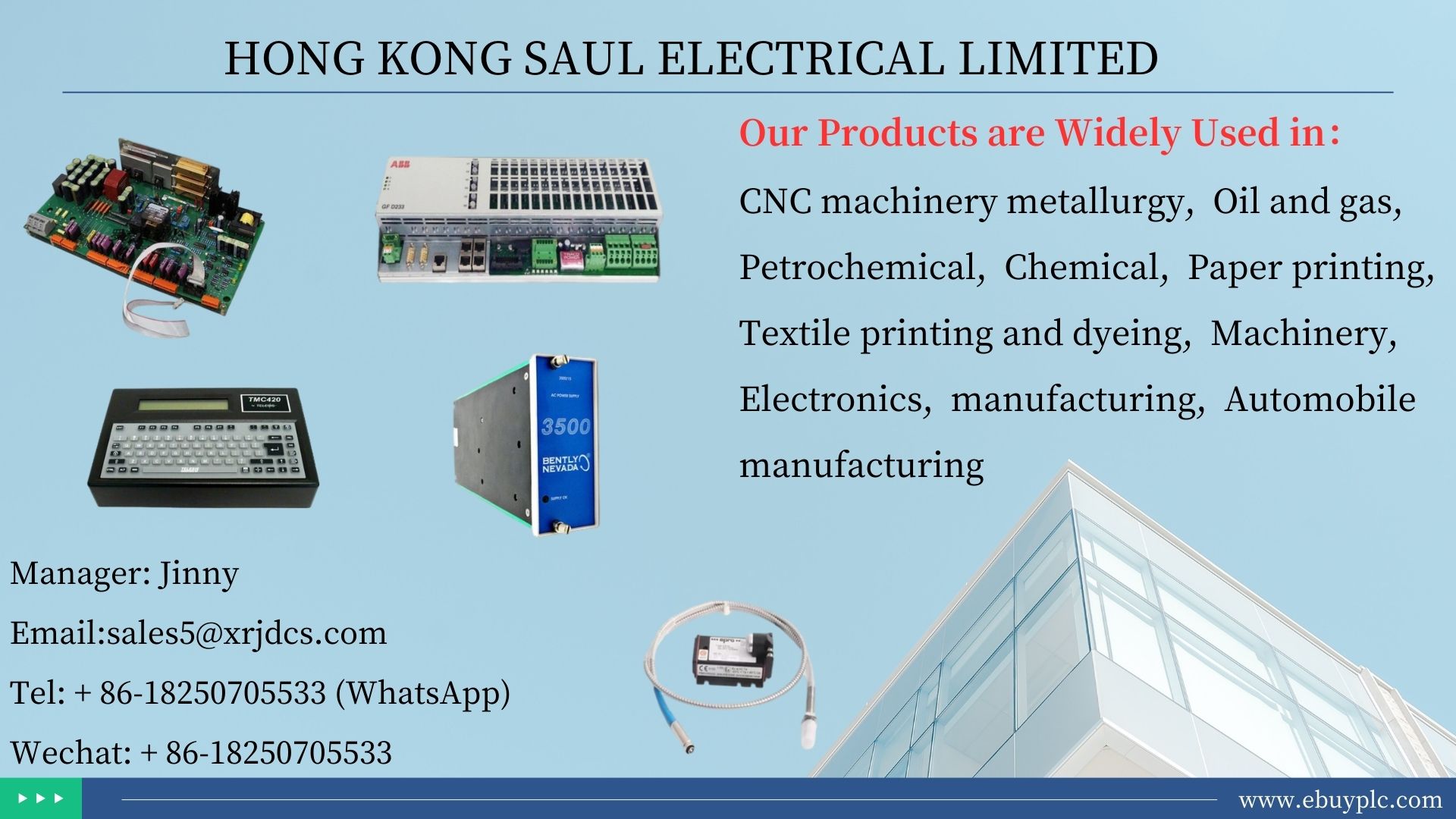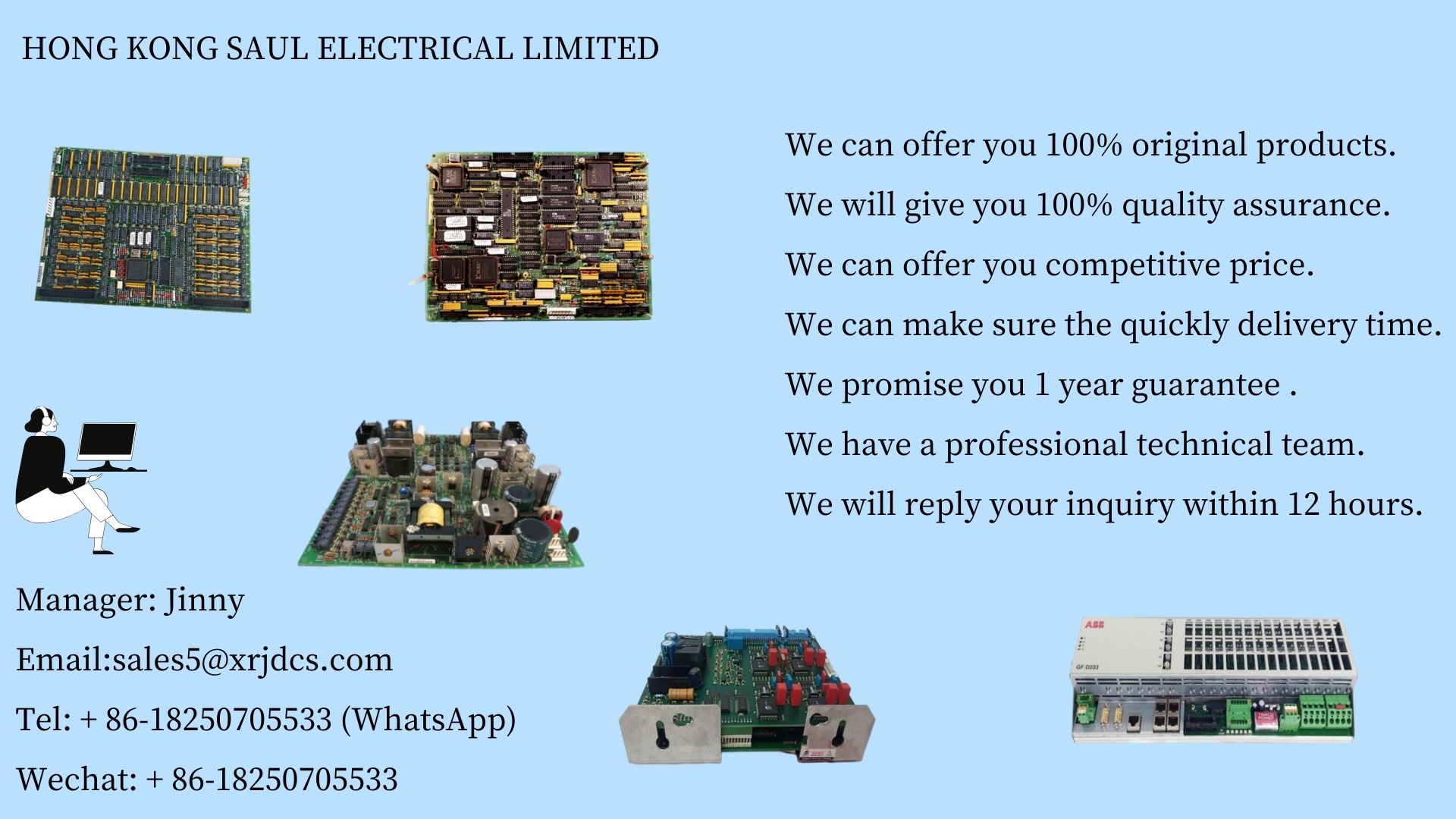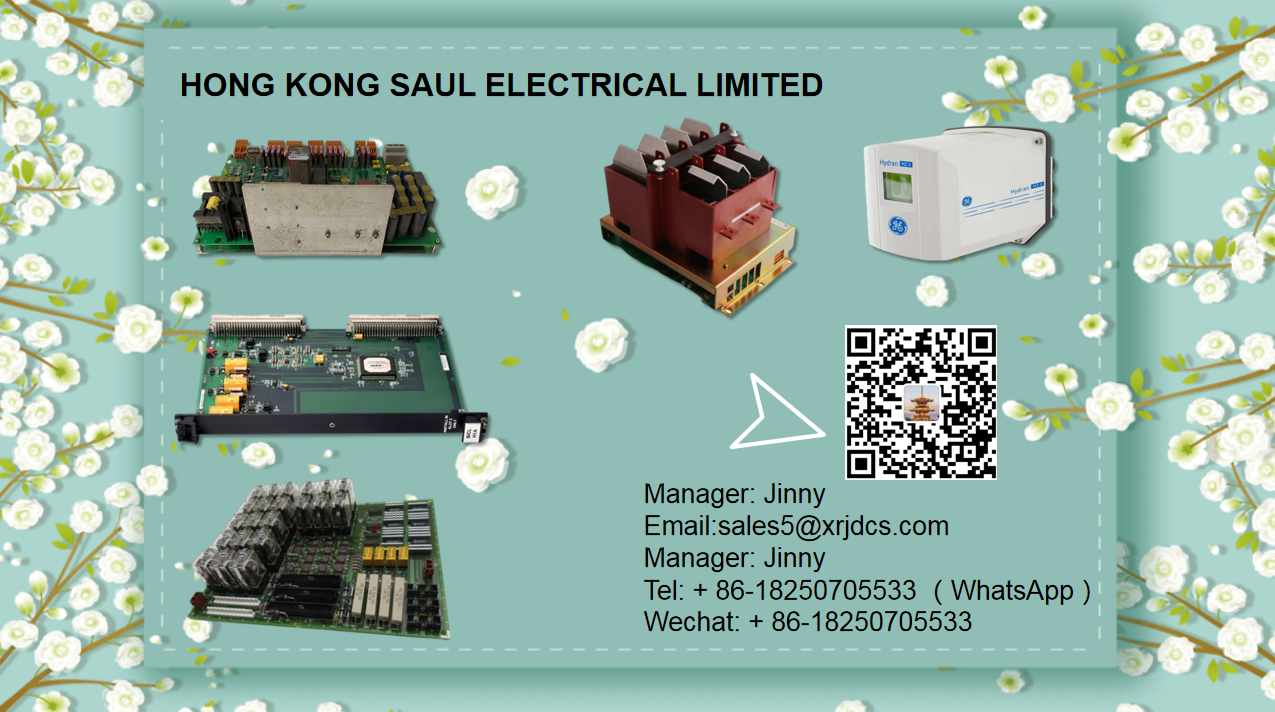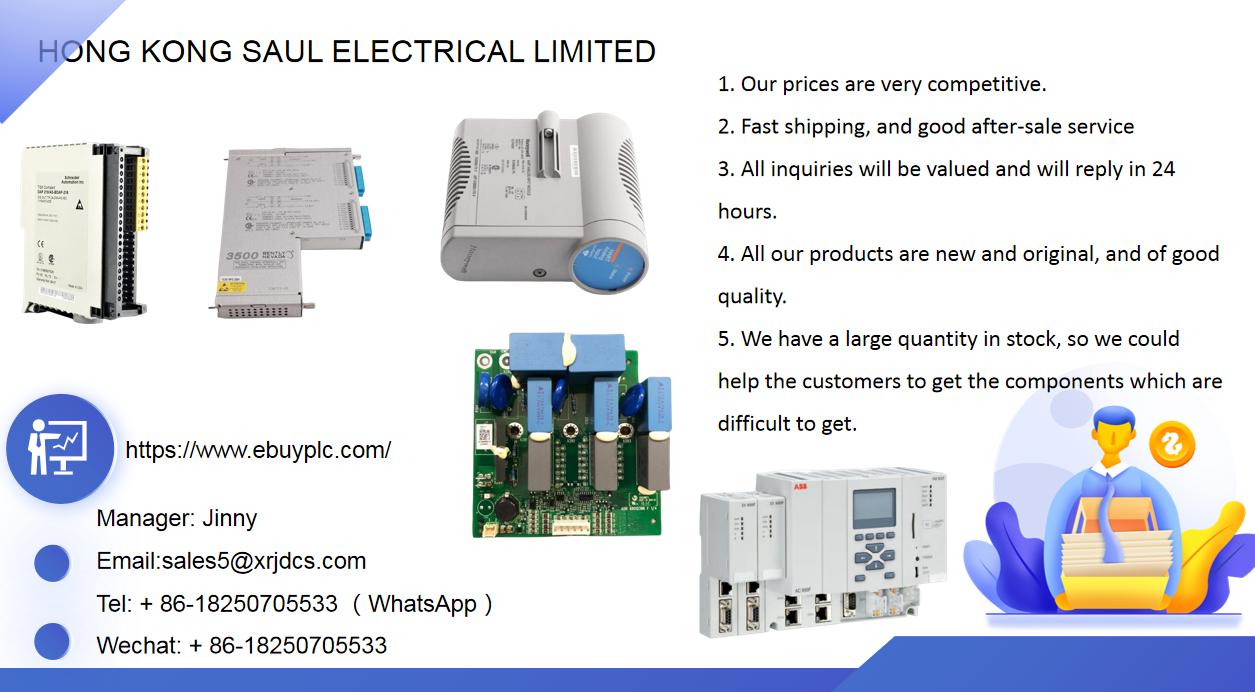0102030405
Siemens: building a leading industrial edge ecosystem
2023-12-08
The world has set off a wave of industry digital transformation. Digitization is the foundation, networking is the support, and intelligence is the goal. Data is generated by digitizing people, things, environment, processes and other objects, realizing the value flow of data through networking, taking data as production factors and creating economic and social value for various industries through intellectualization.
From industry 1.0 to industry 4.0, the historical evolution shows us that the new industrial revolution is triggering industrial changes and driving economic development due to the transformation of technological paradigm. The process of this industrial transformation is the process of industrial digitization, digital industrialization and how to empower all walks of life with new technology, and finally realize a new economic business form from the interconnection of all things to the intelligence of all things.
In fact, the development of digitization has created many economic and social benefits, including faster information access and more convenient global communication, but it also brings many new challenges to manufacturing enterprises.
In order to help customers make full use of the potential of industry 4.0, Siemens provides a series of solutions including the core elements of digital enterprises. With these scalable solutions, discrete and process industry enterprises can stride towards industry 4.0 and realize comprehensive digitization covering the whole value chain.
 Processing massive data with edge computing
In different control and monitoring links of industrial production, thousands of massive data can be generated every day, but at present, only a small part of the data can be processed and produce value. Whether it is local production or global manufacturing, the higher the degree of networking, the greater the amount of data.
Manufacturing enterprises often encounter challenges when processing data locally: for example, they can not import and operate data processing programs on the automation system, and cross regional processing is not realistic. Cloud computing can solve this problem, but it also faces many difficulties. Although cloud infrastructure is very efficient, more and more enterprises need to process data in real time near the production site and improve data availability.
For a long time, the industry has always paid great attention to the optimal utilization of data - distributed processing of data generated in production through edge computing has increasingly become the key to success. Edge computing is a distributed open platform (Architecture) that integrates the core capabilities of network, computing, storage and application at the edge of the network near the object or data source, and provides edge intelligent services nearby to meet the key needs of industry digitization in terms of agile connection, real-time business, data optimization, application intelligence, security and privacy protection. It builds a bridge between the cloud and the interconnected devices in the factory, making intelligent assets, intelligent gateways, intelligent systems and intelligent services possible. In other words, the edge layer integrates the it and ot layers, connecting the virtual world and the real world.
Edge computing has become an important technology for collecting, controlling and analyzing data on the edge of the network. Through this progress in the field of computing and data analysis, the industrial field and process control factory have become stronger enough to meet various challenges and make full use of the Internet-based service model. Therefore, edge computing is rapidly developing into a general trend in the field of industrial automation and control.
Industrial edge computing sinks the advantages of cloud computing to the field layer
Gartner's report exploring the edge: 12 frontiers of edge computing shows that by the end of 2021, more than 50% of large enterprises will deploy at least one edge computing application; By the end of 2023, more than 50% of large enterprises will deploy at least six edge computing applications for the Internet of things or immersive experience, while in 2019, this figure is even less than 1%.
Industrial edge computing sinks the advantages of cloud computing to the field layer, which we call the benefit of 1 + 1 > 2. The digital transformation of the industry requires the synergy between cloud computing and edge computing, both of which have their own advantages. Cloud computing is good at global, non real-time and long-term big data processing and analysis, and can give play to its advantages in long-term maintenance, business decision support and other fields; Edge computing is more suitable for local, real-time and short cycle data processing and analysis, and can better support the real-time intelligent decision-making and execution of local business.
Siemens' overall industrial edge computing services include edge management, edge devices and edge applications. In terms of edge management, we have launched the industrial edge platform, which safely introduces highly perfect analysis technology and edge computing into the manufacturing field by providing equipment level data processing, so as to further expand the automation equipment. On the Siemens Industrial edge platform, users can use a series of descriptive, diagnostic, predictive and decision-making analysis applications. Cloud services can be combined with edge applications from Siemens, third-party suppliers or end users themselves in an ecosystem integrating hardware and software for automation components.
With the industrial edge digital platform, Siemens can help users reduce the gap between traditional local data processing and cloud computing data processing to meet personalized needs. Through edge computing, massive data can be processed locally in real time. Siemens provides users with a wide range of applications, including data processing, data visualization through web servers, data transfer to the cloud or IT infrastructure, and a rapid innovation cycle for developing applications. In addition, because a large amount of data is preprocessed, only the final relevant data is transmitted to the cloud or IT infrastructure, which significantly reduces the memory occupation and transmission cost. Siemens Industrial edge not only supports the cloud transmission protocol of Siemens cloud based open operating system mindsphere, but also supports message queue telemetry transmission (mqtt), making data transmission safe, reliable and efficient.
A highlight of Siemens Industrial edge lies in distributed data processing and data analysis based on application software. At the same time, it can be directly integrated into automation equipment through edge equipment such as Siemens industrial computer SIMATIC IPC. Manufacturing enterprises can choose the combination of hardware and software in industrial edge solutions to improve their flexibility and openness without worrying about data security. The industrial edge platform adopts the general data acquisition standard, and users can easily collect data from existing production lines and equipment and use the edge scheme.
Edge computing overlay artificial intelligence
Edge computing has three typical application scenarios:
(1) Artificial intelligence and advanced functions
machine edge provides data for learning algorithm training, etc;
deploy AI model at the edge of the machine to realize process control and optimization;
application: predictive maintenance, condition monitoring system.
(2) Centralized management of global equipment
preprocess equipment data and transfer it to any cloud / IT system;
centralized management of global equipment, laying the foundation for a new business model (e.g. SaaS) for original equipment manufacturers (OEMs).
(3) Data acquisition and Preliminary Application
such as data visualization, alarm, early warning, etc;
At present, Siemens has deployed industrial edge solutions to the automotive industry. In the field of artificial intelligence and machine learning, Siemens is cooperating with users to develop a promising industrial edge project. For example, in the welding quality inspection process of automobile body, artificial intelligence technology is usually applied to detect the welding gun itself and abnormal parameters in the production process. Using the industrial edge to upgrade and simplify this process will greatly reduce maintenance costs and further improve production efficiency. The industrial edge provides a vehicle enterprise with an operation environment close to the workshop supporting real-time data processing, and adds functions to ensure the reliable operation of artificial intelligence algorithms on edge devices. Edge applications based on artificial intelligence technology can input, process and publish data. At the same time, the machine learning monitoring system with patented technology ensures the reliability of artificial intelligence prediction. In this project, the artificial intelligence solution is deployed in the industrial edge and can synchronize the data. As a result, the data will be transmitted to the cloud (the cloud design period environment is fully integrated with the edge operation period). This new solution can reduce manual quality inspection steps and even reduce body welding points in the future.
In addition, the visual inspection system combined with artificial intelligence and edge computing technology in Siemens Chengdu Digital chemical plant can reduce the manual re inspection cost by at least 75% while ensuring the "zero defect" of circuit board production quality. Industrial edge computing and industrial artificial intelligence can greatly improve the degree of automation and realize better intelligent application at the workshop level.
Leading the industrial future
Siemens is striving to build a leading ecosystem composed of industrial enterprises, equipment manufacturers (OEMs), application developers, solution suppliers and engineering service providers to create value for partners. Edge applications can be provided by Siemens and third-party suppliers through the industrial edge application store. Therefore, users and machine manufacturers can also develop their own applications and customize them according to the personalized needs of their machines. These applications cover various industries and application scenarios, such as data visualization, equipment condition monitoring, process parameter optimization, etc. Many partners and industrial user companies have joined Siemens Industrial edge ecology, which provides unlimited potential for partners and customers to develop new business models.
It is not difficult to find that the industrial edge can optimize the use of field data, make everything simpler, more flexible and safer, and further improve the production efficiency of the factory. With the strong support provided by Siemens and its edge ecosystem, enterprises and developers can turn their expertise into real value, and customers can easily find solutions to production problems. Thus, Siemens is leading the industrial future
Processing massive data with edge computing
In different control and monitoring links of industrial production, thousands of massive data can be generated every day, but at present, only a small part of the data can be processed and produce value. Whether it is local production or global manufacturing, the higher the degree of networking, the greater the amount of data.
Manufacturing enterprises often encounter challenges when processing data locally: for example, they can not import and operate data processing programs on the automation system, and cross regional processing is not realistic. Cloud computing can solve this problem, but it also faces many difficulties. Although cloud infrastructure is very efficient, more and more enterprises need to process data in real time near the production site and improve data availability.
For a long time, the industry has always paid great attention to the optimal utilization of data - distributed processing of data generated in production through edge computing has increasingly become the key to success. Edge computing is a distributed open platform (Architecture) that integrates the core capabilities of network, computing, storage and application at the edge of the network near the object or data source, and provides edge intelligent services nearby to meet the key needs of industry digitization in terms of agile connection, real-time business, data optimization, application intelligence, security and privacy protection. It builds a bridge between the cloud and the interconnected devices in the factory, making intelligent assets, intelligent gateways, intelligent systems and intelligent services possible. In other words, the edge layer integrates the it and ot layers, connecting the virtual world and the real world.
Edge computing has become an important technology for collecting, controlling and analyzing data on the edge of the network. Through this progress in the field of computing and data analysis, the industrial field and process control factory have become stronger enough to meet various challenges and make full use of the Internet-based service model. Therefore, edge computing is rapidly developing into a general trend in the field of industrial automation and control.
Industrial edge computing sinks the advantages of cloud computing to the field layer
Gartner's report exploring the edge: 12 frontiers of edge computing shows that by the end of 2021, more than 50% of large enterprises will deploy at least one edge computing application; By the end of 2023, more than 50% of large enterprises will deploy at least six edge computing applications for the Internet of things or immersive experience, while in 2019, this figure is even less than 1%.
Industrial edge computing sinks the advantages of cloud computing to the field layer, which we call the benefit of 1 + 1 > 2. The digital transformation of the industry requires the synergy between cloud computing and edge computing, both of which have their own advantages. Cloud computing is good at global, non real-time and long-term big data processing and analysis, and can give play to its advantages in long-term maintenance, business decision support and other fields; Edge computing is more suitable for local, real-time and short cycle data processing and analysis, and can better support the real-time intelligent decision-making and execution of local business.
Siemens' overall industrial edge computing services include edge management, edge devices and edge applications. In terms of edge management, we have launched the industrial edge platform, which safely introduces highly perfect analysis technology and edge computing into the manufacturing field by providing equipment level data processing, so as to further expand the automation equipment. On the Siemens Industrial edge platform, users can use a series of descriptive, diagnostic, predictive and decision-making analysis applications. Cloud services can be combined with edge applications from Siemens, third-party suppliers or end users themselves in an ecosystem integrating hardware and software for automation components.
With the industrial edge digital platform, Siemens can help users reduce the gap between traditional local data processing and cloud computing data processing to meet personalized needs. Through edge computing, massive data can be processed locally in real time. Siemens provides users with a wide range of applications, including data processing, data visualization through web servers, data transfer to the cloud or IT infrastructure, and a rapid innovation cycle for developing applications. In addition, because a large amount of data is preprocessed, only the final relevant data is transmitted to the cloud or IT infrastructure, which significantly reduces the memory occupation and transmission cost. Siemens Industrial edge not only supports the cloud transmission protocol of Siemens cloud based open operating system mindsphere, but also supports message queue telemetry transmission (mqtt), making data transmission safe, reliable and efficient.
A highlight of Siemens Industrial edge lies in distributed data processing and data analysis based on application software. At the same time, it can be directly integrated into automation equipment through edge equipment such as Siemens industrial computer SIMATIC IPC. Manufacturing enterprises can choose the combination of hardware and software in industrial edge solutions to improve their flexibility and openness without worrying about data security. The industrial edge platform adopts the general data acquisition standard, and users can easily collect data from existing production lines and equipment and use the edge scheme.
Edge computing overlay artificial intelligence
Edge computing has three typical application scenarios:
(1) Artificial intelligence and advanced functions
machine edge provides data for learning algorithm training, etc;
deploy AI model at the edge of the machine to realize process control and optimization;
application: predictive maintenance, condition monitoring system.
(2) Centralized management of global equipment
preprocess equipment data and transfer it to any cloud / IT system;
centralized management of global equipment, laying the foundation for a new business model (e.g. SaaS) for original equipment manufacturers (OEMs).
(3) Data acquisition and Preliminary Application
such as data visualization, alarm, early warning, etc;
At present, Siemens has deployed industrial edge solutions to the automotive industry. In the field of artificial intelligence and machine learning, Siemens is cooperating with users to develop a promising industrial edge project. For example, in the welding quality inspection process of automobile body, artificial intelligence technology is usually applied to detect the welding gun itself and abnormal parameters in the production process. Using the industrial edge to upgrade and simplify this process will greatly reduce maintenance costs and further improve production efficiency. The industrial edge provides a vehicle enterprise with an operation environment close to the workshop supporting real-time data processing, and adds functions to ensure the reliable operation of artificial intelligence algorithms on edge devices. Edge applications based on artificial intelligence technology can input, process and publish data. At the same time, the machine learning monitoring system with patented technology ensures the reliability of artificial intelligence prediction. In this project, the artificial intelligence solution is deployed in the industrial edge and can synchronize the data. As a result, the data will be transmitted to the cloud (the cloud design period environment is fully integrated with the edge operation period). This new solution can reduce manual quality inspection steps and even reduce body welding points in the future.
In addition, the visual inspection system combined with artificial intelligence and edge computing technology in Siemens Chengdu Digital chemical plant can reduce the manual re inspection cost by at least 75% while ensuring the "zero defect" of circuit board production quality. Industrial edge computing and industrial artificial intelligence can greatly improve the degree of automation and realize better intelligent application at the workshop level.
Leading the industrial future
Siemens is striving to build a leading ecosystem composed of industrial enterprises, equipment manufacturers (OEMs), application developers, solution suppliers and engineering service providers to create value for partners. Edge applications can be provided by Siemens and third-party suppliers through the industrial edge application store. Therefore, users and machine manufacturers can also develop their own applications and customize them according to the personalized needs of their machines. These applications cover various industries and application scenarios, such as data visualization, equipment condition monitoring, process parameter optimization, etc. Many partners and industrial user companies have joined Siemens Industrial edge ecology, which provides unlimited potential for partners and customers to develop new business models.
It is not difficult to find that the industrial edge can optimize the use of field data, make everything simpler, more flexible and safer, and further improve the production efficiency of the factory. With the strong support provided by Siemens and its edge ecosystem, enterprises and developers can turn their expertise into real value, and customers can easily find solutions to production problems. Thus, Siemens is leading the industrial future
 Processing massive data with edge computing
In different control and monitoring links of industrial production, thousands of massive data can be generated every day, but at present, only a small part of the data can be processed and produce value. Whether it is local production or global manufacturing, the higher the degree of networking, the greater the amount of data.
Manufacturing enterprises often encounter challenges when processing data locally: for example, they can not import and operate data processing programs on the automation system, and cross regional processing is not realistic. Cloud computing can solve this problem, but it also faces many difficulties. Although cloud infrastructure is very efficient, more and more enterprises need to process data in real time near the production site and improve data availability.
For a long time, the industry has always paid great attention to the optimal utilization of data - distributed processing of data generated in production through edge computing has increasingly become the key to success. Edge computing is a distributed open platform (Architecture) that integrates the core capabilities of network, computing, storage and application at the edge of the network near the object or data source, and provides edge intelligent services nearby to meet the key needs of industry digitization in terms of agile connection, real-time business, data optimization, application intelligence, security and privacy protection. It builds a bridge between the cloud and the interconnected devices in the factory, making intelligent assets, intelligent gateways, intelligent systems and intelligent services possible. In other words, the edge layer integrates the it and ot layers, connecting the virtual world and the real world.
Edge computing has become an important technology for collecting, controlling and analyzing data on the edge of the network. Through this progress in the field of computing and data analysis, the industrial field and process control factory have become stronger enough to meet various challenges and make full use of the Internet-based service model. Therefore, edge computing is rapidly developing into a general trend in the field of industrial automation and control.
Industrial edge computing sinks the advantages of cloud computing to the field layer
Gartner's report exploring the edge: 12 frontiers of edge computing shows that by the end of 2021, more than 50% of large enterprises will deploy at least one edge computing application; By the end of 2023, more than 50% of large enterprises will deploy at least six edge computing applications for the Internet of things or immersive experience, while in 2019, this figure is even less than 1%.
Industrial edge computing sinks the advantages of cloud computing to the field layer, which we call the benefit of 1 + 1 > 2. The digital transformation of the industry requires the synergy between cloud computing and edge computing, both of which have their own advantages. Cloud computing is good at global, non real-time and long-term big data processing and analysis, and can give play to its advantages in long-term maintenance, business decision support and other fields; Edge computing is more suitable for local, real-time and short cycle data processing and analysis, and can better support the real-time intelligent decision-making and execution of local business.
Siemens' overall industrial edge computing services include edge management, edge devices and edge applications. In terms of edge management, we have launched the industrial edge platform, which safely introduces highly perfect analysis technology and edge computing into the manufacturing field by providing equipment level data processing, so as to further expand the automation equipment. On the Siemens Industrial edge platform, users can use a series of descriptive, diagnostic, predictive and decision-making analysis applications. Cloud services can be combined with edge applications from Siemens, third-party suppliers or end users themselves in an ecosystem integrating hardware and software for automation components.
With the industrial edge digital platform, Siemens can help users reduce the gap between traditional local data processing and cloud computing data processing to meet personalized needs. Through edge computing, massive data can be processed locally in real time. Siemens provides users with a wide range of applications, including data processing, data visualization through web servers, data transfer to the cloud or IT infrastructure, and a rapid innovation cycle for developing applications. In addition, because a large amount of data is preprocessed, only the final relevant data is transmitted to the cloud or IT infrastructure, which significantly reduces the memory occupation and transmission cost. Siemens Industrial edge not only supports the cloud transmission protocol of Siemens cloud based open operating system mindsphere, but also supports message queue telemetry transmission (mqtt), making data transmission safe, reliable and efficient.
A highlight of Siemens Industrial edge lies in distributed data processing and data analysis based on application software. At the same time, it can be directly integrated into automation equipment through edge equipment such as Siemens industrial computer SIMATIC IPC. Manufacturing enterprises can choose the combination of hardware and software in industrial edge solutions to improve their flexibility and openness without worrying about data security. The industrial edge platform adopts the general data acquisition standard, and users can easily collect data from existing production lines and equipment and use the edge scheme.
Edge computing overlay artificial intelligence
Edge computing has three typical application scenarios:
(1) Artificial intelligence and advanced functions
machine edge provides data for learning algorithm training, etc;
deploy AI model at the edge of the machine to realize process control and optimization;
application: predictive maintenance, condition monitoring system.
(2) Centralized management of global equipment
preprocess equipment data and transfer it to any cloud / IT system;
centralized management of global equipment, laying the foundation for a new business model (e.g. SaaS) for original equipment manufacturers (OEMs).
(3) Data acquisition and Preliminary Application
such as data visualization, alarm, early warning, etc;
At present, Siemens has deployed industrial edge solutions to the automotive industry. In the field of artificial intelligence and machine learning, Siemens is cooperating with users to develop a promising industrial edge project. For example, in the welding quality inspection process of automobile body, artificial intelligence technology is usually applied to detect the welding gun itself and abnormal parameters in the production process. Using the industrial edge to upgrade and simplify this process will greatly reduce maintenance costs and further improve production efficiency. The industrial edge provides a vehicle enterprise with an operation environment close to the workshop supporting real-time data processing, and adds functions to ensure the reliable operation of artificial intelligence algorithms on edge devices. Edge applications based on artificial intelligence technology can input, process and publish data. At the same time, the machine learning monitoring system with patented technology ensures the reliability of artificial intelligence prediction. In this project, the artificial intelligence solution is deployed in the industrial edge and can synchronize the data. As a result, the data will be transmitted to the cloud (the cloud design period environment is fully integrated with the edge operation period). This new solution can reduce manual quality inspection steps and even reduce body welding points in the future.
In addition, the visual inspection system combined with artificial intelligence and edge computing technology in Siemens Chengdu Digital chemical plant can reduce the manual re inspection cost by at least 75% while ensuring the "zero defect" of circuit board production quality. Industrial edge computing and industrial artificial intelligence can greatly improve the degree of automation and realize better intelligent application at the workshop level.
Leading the industrial future
Siemens is striving to build a leading ecosystem composed of industrial enterprises, equipment manufacturers (OEMs), application developers, solution suppliers and engineering service providers to create value for partners. Edge applications can be provided by Siemens and third-party suppliers through the industrial edge application store. Therefore, users and machine manufacturers can also develop their own applications and customize them according to the personalized needs of their machines. These applications cover various industries and application scenarios, such as data visualization, equipment condition monitoring, process parameter optimization, etc. Many partners and industrial user companies have joined Siemens Industrial edge ecology, which provides unlimited potential for partners and customers to develop new business models.
It is not difficult to find that the industrial edge can optimize the use of field data, make everything simpler, more flexible and safer, and further improve the production efficiency of the factory. With the strong support provided by Siemens and its edge ecosystem, enterprises and developers can turn their expertise into real value, and customers can easily find solutions to production problems. Thus, Siemens is leading the industrial future
Processing massive data with edge computing
In different control and monitoring links of industrial production, thousands of massive data can be generated every day, but at present, only a small part of the data can be processed and produce value. Whether it is local production or global manufacturing, the higher the degree of networking, the greater the amount of data.
Manufacturing enterprises often encounter challenges when processing data locally: for example, they can not import and operate data processing programs on the automation system, and cross regional processing is not realistic. Cloud computing can solve this problem, but it also faces many difficulties. Although cloud infrastructure is very efficient, more and more enterprises need to process data in real time near the production site and improve data availability.
For a long time, the industry has always paid great attention to the optimal utilization of data - distributed processing of data generated in production through edge computing has increasingly become the key to success. Edge computing is a distributed open platform (Architecture) that integrates the core capabilities of network, computing, storage and application at the edge of the network near the object or data source, and provides edge intelligent services nearby to meet the key needs of industry digitization in terms of agile connection, real-time business, data optimization, application intelligence, security and privacy protection. It builds a bridge between the cloud and the interconnected devices in the factory, making intelligent assets, intelligent gateways, intelligent systems and intelligent services possible. In other words, the edge layer integrates the it and ot layers, connecting the virtual world and the real world.
Edge computing has become an important technology for collecting, controlling and analyzing data on the edge of the network. Through this progress in the field of computing and data analysis, the industrial field and process control factory have become stronger enough to meet various challenges and make full use of the Internet-based service model. Therefore, edge computing is rapidly developing into a general trend in the field of industrial automation and control.
Industrial edge computing sinks the advantages of cloud computing to the field layer
Gartner's report exploring the edge: 12 frontiers of edge computing shows that by the end of 2021, more than 50% of large enterprises will deploy at least one edge computing application; By the end of 2023, more than 50% of large enterprises will deploy at least six edge computing applications for the Internet of things or immersive experience, while in 2019, this figure is even less than 1%.
Industrial edge computing sinks the advantages of cloud computing to the field layer, which we call the benefit of 1 + 1 > 2. The digital transformation of the industry requires the synergy between cloud computing and edge computing, both of which have their own advantages. Cloud computing is good at global, non real-time and long-term big data processing and analysis, and can give play to its advantages in long-term maintenance, business decision support and other fields; Edge computing is more suitable for local, real-time and short cycle data processing and analysis, and can better support the real-time intelligent decision-making and execution of local business.
Siemens' overall industrial edge computing services include edge management, edge devices and edge applications. In terms of edge management, we have launched the industrial edge platform, which safely introduces highly perfect analysis technology and edge computing into the manufacturing field by providing equipment level data processing, so as to further expand the automation equipment. On the Siemens Industrial edge platform, users can use a series of descriptive, diagnostic, predictive and decision-making analysis applications. Cloud services can be combined with edge applications from Siemens, third-party suppliers or end users themselves in an ecosystem integrating hardware and software for automation components.
With the industrial edge digital platform, Siemens can help users reduce the gap between traditional local data processing and cloud computing data processing to meet personalized needs. Through edge computing, massive data can be processed locally in real time. Siemens provides users with a wide range of applications, including data processing, data visualization through web servers, data transfer to the cloud or IT infrastructure, and a rapid innovation cycle for developing applications. In addition, because a large amount of data is preprocessed, only the final relevant data is transmitted to the cloud or IT infrastructure, which significantly reduces the memory occupation and transmission cost. Siemens Industrial edge not only supports the cloud transmission protocol of Siemens cloud based open operating system mindsphere, but also supports message queue telemetry transmission (mqtt), making data transmission safe, reliable and efficient.
A highlight of Siemens Industrial edge lies in distributed data processing and data analysis based on application software. At the same time, it can be directly integrated into automation equipment through edge equipment such as Siemens industrial computer SIMATIC IPC. Manufacturing enterprises can choose the combination of hardware and software in industrial edge solutions to improve their flexibility and openness without worrying about data security. The industrial edge platform adopts the general data acquisition standard, and users can easily collect data from existing production lines and equipment and use the edge scheme.
Edge computing overlay artificial intelligence
Edge computing has three typical application scenarios:
(1) Artificial intelligence and advanced functions
machine edge provides data for learning algorithm training, etc;
deploy AI model at the edge of the machine to realize process control and optimization;
application: predictive maintenance, condition monitoring system.
(2) Centralized management of global equipment
preprocess equipment data and transfer it to any cloud / IT system;
centralized management of global equipment, laying the foundation for a new business model (e.g. SaaS) for original equipment manufacturers (OEMs).
(3) Data acquisition and Preliminary Application
such as data visualization, alarm, early warning, etc;
At present, Siemens has deployed industrial edge solutions to the automotive industry. In the field of artificial intelligence and machine learning, Siemens is cooperating with users to develop a promising industrial edge project. For example, in the welding quality inspection process of automobile body, artificial intelligence technology is usually applied to detect the welding gun itself and abnormal parameters in the production process. Using the industrial edge to upgrade and simplify this process will greatly reduce maintenance costs and further improve production efficiency. The industrial edge provides a vehicle enterprise with an operation environment close to the workshop supporting real-time data processing, and adds functions to ensure the reliable operation of artificial intelligence algorithms on edge devices. Edge applications based on artificial intelligence technology can input, process and publish data. At the same time, the machine learning monitoring system with patented technology ensures the reliability of artificial intelligence prediction. In this project, the artificial intelligence solution is deployed in the industrial edge and can synchronize the data. As a result, the data will be transmitted to the cloud (the cloud design period environment is fully integrated with the edge operation period). This new solution can reduce manual quality inspection steps and even reduce body welding points in the future.
In addition, the visual inspection system combined with artificial intelligence and edge computing technology in Siemens Chengdu Digital chemical plant can reduce the manual re inspection cost by at least 75% while ensuring the "zero defect" of circuit board production quality. Industrial edge computing and industrial artificial intelligence can greatly improve the degree of automation and realize better intelligent application at the workshop level.
Leading the industrial future
Siemens is striving to build a leading ecosystem composed of industrial enterprises, equipment manufacturers (OEMs), application developers, solution suppliers and engineering service providers to create value for partners. Edge applications can be provided by Siemens and third-party suppliers through the industrial edge application store. Therefore, users and machine manufacturers can also develop their own applications and customize them according to the personalized needs of their machines. These applications cover various industries and application scenarios, such as data visualization, equipment condition monitoring, process parameter optimization, etc. Many partners and industrial user companies have joined Siemens Industrial edge ecology, which provides unlimited potential for partners and customers to develop new business models.
It is not difficult to find that the industrial edge can optimize the use of field data, make everything simpler, more flexible and safer, and further improve the production efficiency of the factory. With the strong support provided by Siemens and its edge ecosystem, enterprises and developers can turn their expertise into real value, and customers can easily find solutions to production problems. Thus, Siemens is leading the industrial future

